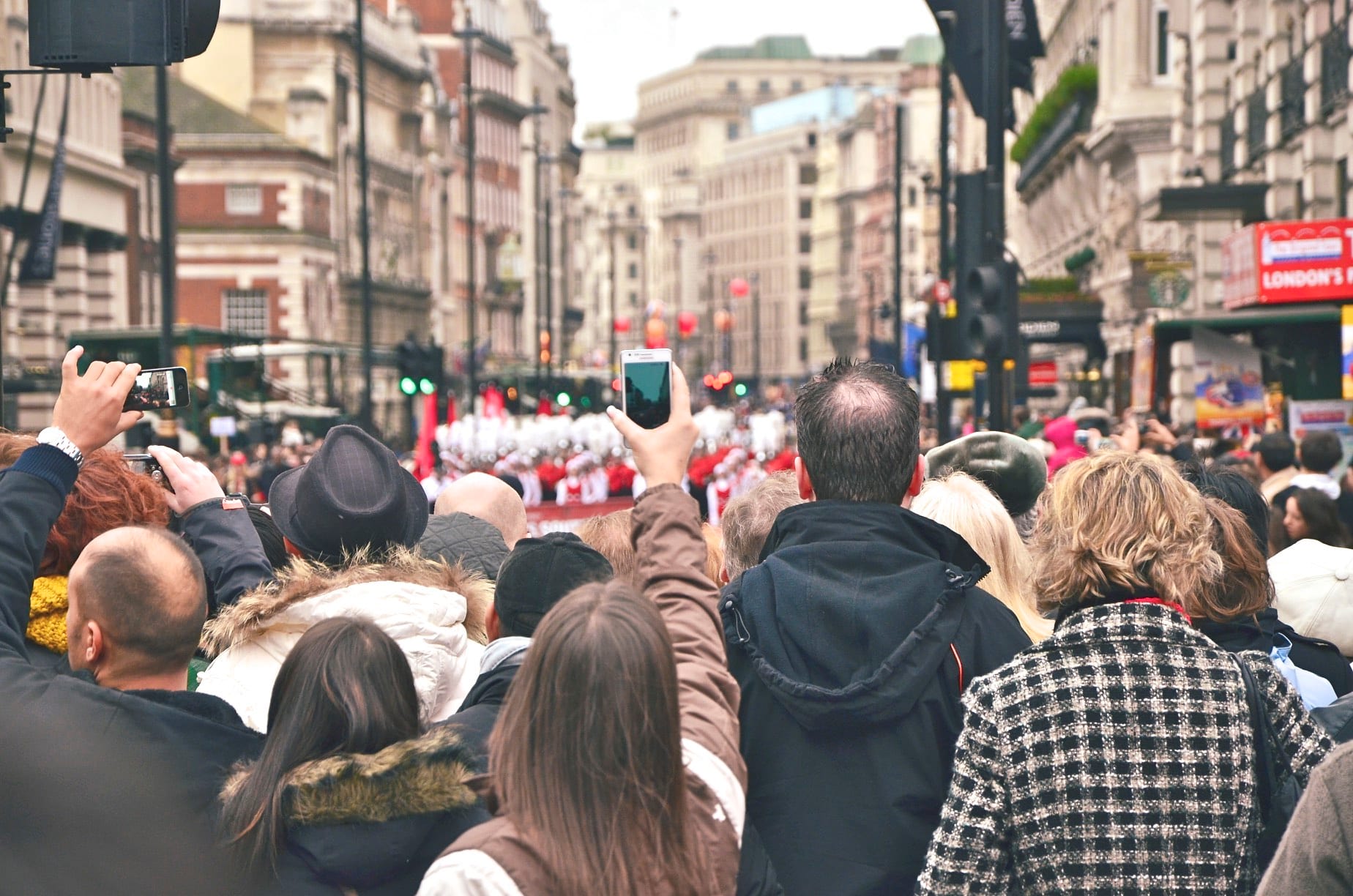If you’re responsible for organising a street procession, a public event or street carnival in your town or village, you have a duty to make sure that everyone – from participants to spectators – is safe and secure. A big part of the planning of the event must be focused on security. In this article, we set out some simple procedures that will help you run a safe event.
Draw up a list
Make a list of all the risks at the event and the possible risks to people attending, and develop some emergency procedures that should be followed by your staff and volunteers. Include contingencies like severe weather, traffic problems, etc. and consider how your team should respond to emergencies and incidents. The list should include thing like site security bollards, car parking entrances and exits, car marshals, security personnel, walkie talkies and so on.
Liaise with emergency services
Liaise closely with the police, ambulance, and fire and rescue services. You should all be on the same page about who will do what in the event of an incident or emergency. Obtain the contact numbers of members of these services and let your team have these.
Organisation
It’s your job to makes sure that staff and volunteers implement the correct emergency procedures in the event of an incident. They should know how to raise the alarm, be familiar with emergency equipment and know who to report to. They should also be familiar with the street layout and the best routes for evacuation of people. This may mean having to move site security bollards, temporary security fencing and gates to make way for the safe and quick evacuation of people.
Evacuation procedures
Emergencies happen very quickly, so you need to know you can get everyone to a place of safety easily and without delay. Plan escape routes and make sure they’re unobstructed (staff may have to remove site security bollards, temporary fences and gates and other equipment to clear these routes). Consider placing signs that point to the nearest escapes routes for those people unfamiliar with the area. Plan to provide additional assistance to those people with disabilities, young children, the elderly, and people with limited mobility.
Stopping the event
In the case of an emergency or incident, you may have to put a stop to proceedings to initiate evacuation procedures. In this case, you need to identify who will put a halt to the event, who will communicate with the street party or carnival participants, and who will communicate the emergency procedures to the people attending. It’s best to have a pre-agreed text for public announcements, via the PA systems. These emergency procedures should be rehearsed prior to the event, so the organising team and security personnel know exactly what to do.
Emergency plan
Your emergency plan should address the following basic requirements:
- summoning the emergency services, and assistance where necessary
- moving people from immediate danger to safety
- handling casualties
- dealing with the injured
- liaising closely with the emergency services and other authorities
- protecting property like shops and buildings
Emergency procedures
The procedures for your staff and volunteers to follow in an emergency should include:
- raising the alarm
- informing the public, via a PA system, of the problem and directing them to safety
- summoning the emergency services
- managing the crowd, including evacuation if necessary
- removing site security bollards and/or other equipment that could hinder evacuation
- managing traffic, including emergency vehicles
- liaising with the emergency services
- providing first aid and medical assistance if necessary
First aid and medical assistance
As well as staff and volunteers, you may need to include members of the public in your first aid, medical and ambulance needs assessment. In addition, plans should be drawn up together with your local ambulance service to clarify how patients will be taken to the hospital.
After the emergency or incident
Once the risk or emergency is over, you can decide if the event can continue, but only do this after consultation with the police and other emergency services. If the street procession or carnival is to proceed once more, use the PA system to inform everyone.
NOTE: It’s also important for your staff to put back any site security bollards, temporary fences, and gates they may have removed.
Transfer of authority for an emergency or major incident
Once onsite, if the emergency services declare an emergency or a major incident, then all your personnel (and your resources) will fall under the command of the police. The police may declare that just one part of the event needs to fall under their authority and therefore the rest of the event will still be under your control.
Organising a public street event can be a huge task and carries a lot of responsibility. Especially in the current climate of heightened security awareness, you cannot afford to take any chances. With robust plans and procedures in place, you can all have a good time in the safe knowledge that everyone will be secure.








